Categories
- Uncategorized
- Brands
- Aspark
- Abarth
- AC
- ACMAT
- Acura
- Adler
- AEC
- Aero
- Aero Flite
- Aerocar
- AGF Serval
- Airstream
- Aiways
- Alamagny
- ALCA
- Aleko
- Alfa Romeo
- Allard
- Alpina
- Alpine
- Alvis
- AMC
- AMG
- Amilcar
- Amphicar
- Anadol
- Armstrong Siddeley
- Arnolt
- ARO
- Artz
- Aston Martin
- Auburn
- Audi
- Aurus
- Austin
- Austin-Healey
- Auto-Union
- Autobianchi
- Avia
- AWZ
- Babich
- Barkas
- Barnard
- BB
- Bedford
- Bentley
- Berkeley
- Berliet
- Bertone
- Beutler
- Bianco
- Bitter
- Bizzarrini
- BMW
- Borgward
- Bosley
- Brabus
- Brasier
- Brasinca
- Bristol
- Brütsch
- Buckle
- Bugatti
- Bugre
- Buick
- Burney
- Büssing
- Cadillac
- Caterham
- CG
- Chausson
- Checker
- Chenard & Walcker
- Chevrolet
- Chevrolet Corvette
- Chrysler
- Cisitalia
- Citeria
- Citroën in 1:18 scale
- Citroën in 1:43 scale
- Commer
- Cord
- Costin Nathan
- Covington
- Cuningham
- Dacia
- DAF
- Daihatsu
- Daimler
- Dangel
- Datsun
- DB
- De Lorean
- De Tomaso
- Delage
- Delahaye
- Denzel
- DeSoto
- Devon
- Diamond Reo
- Diamond T
- Dixi
- DKW
- Dodge
- Dome
- Donkervoort
- DS
- Dual-Ghia
- Dubonnet
- Duesenberg
- Edsel
- EMW
- Enzmann
- Excalibur
- Facel Vega
- Ferrari-en
- Fiat
- Fleetwood Enterprises
- Ford
- Freightliner
- Friedrich Rometsch
- FSO
- Fuji
- Fuso
- GAC Motor
- Gatso
- GAZ
- Ghia
- Gillet
- Ginetta
- Glas
- Glasspar
- GM
- GMC
- Goggomobil
- Goliath
- Gomolzig
- Gordon
- Gordon-Keeble
- Graham-Paige
- Gumpert
- Gutbrod
- Hanomag
- Hansa
- Hénon
- Henry J
- Henschel
- Hewson
- Hillman
- Hispano-Suiza
- Holden
- Hommell
- Honda
- Hong Qi
- Horch
- Hotchkiss
- Hudson
- Humber
- Hummer
- Hunt
- Hymer
- Hyundai
- IFA
- Ikarus
- Imperial
- IMZ
- Infiniti
- Innocenti
- Intermeccanica
- International
- Invicta
- Irisbus
- Irmscher
- Isdera
- Iso
- Isotta Fraschini
- Isuzu
- Iveco
- Jaguar
- Jamos
- Jeep
- Jensen
- Jowett
- Kahlbacher
- Kaiser
- Kalmar
- Kamaz
- Kamm
- Kenworth
- KIA
- KIM
- Koenigsegg
- Kohlruss
- KrAZ
- Krupp
- KTM
- Kurtis
- Lada
- Lagonda
- Lamborghini
- Lancia
- Land Rover
- Lanz
- LaSalle
- Laurin & Klement
- Lea-Francis
- Leichtbau
- Leningrad
- Lexus
- Leyat
- Lightburn
- Ligier
- Lincoln
- Lloyd
- LMX Sirex
- Lotus
- LTI
- LuAZ
- Lynx
- Lysell
- Mack
- Magirus
- Maico
- MAN
- Manic
- Manta Ray
- Marathon
- Marussia
- Maserati
- Mathis
- Matra
- Matra-Simca
- Maybach
- Mazda
- McLaren
- McQuay-Norris
- Melkus
- Mercedes in 1:18 scale
- Mercedes in 1:43 scale
- Mercer
- Mercury
- Messerschmitt
- MG
- Mikrus
- Mini
- Mismaque
- Mitsubishi
- Mitsuoka
- Mohs Motor Car
- MOL
- Monica
- Monteverdi
- Moretti
- Morgan
- Morris
- Moskvich
- Multicar
- Murena Motors
- Nardi
- Nash
- Neckar
- Neoplan
- Nissan
- Norman Timbs
- NSU
- Oldsmobile
- Oltcit
- OM
- Opel
- OSCA
- Packard
- Pagani
- Panhard
- Panther
- Peerless
- Pegaso
- Persu
- Peterbilt 352 H (IXO) 1:43
- Petermax Müller
- Peugeot in 1:18 scale
- Peugeot in 1:43 scale
- Phänomen
- Phantom
- Piaggio
- Pierce-Arrow
- Pininfarina
- Playboy
- Plymouth
- Polestar
- Polski-Fiat
- Pontiac
- Porsche in 1:18 scale
- Porsche in 1:43 scale
- Porsche in 1:87 scale
- Praga
- Puma
- Rambler
- Ramses
- Rapid
- Reliant
- Renault in 1:18 scale
- Renault in 1:43 scale
- Reyonnah
- Riley
- Robur
- Rochet – Schneider
- Rolls-Royce
- Rosengart
- Rover
- RUF
- Ruhrfahrzeugbau
- Saab
- Sabra
- Sachsenring
- Salmson
- Saurer
- Saviem
- SC Johnson Wax
- Scania
- Schlörwagen
- Scion
- Seagrave
- Seat
- Setra
- SFM
- Shanghai
- Shelby
- Shelter
- Siata
- Simca
- Simson
- Singer
- Sinpar
- Skoda
- Smart
- Smeal
- SMZ
- Spyker
- Steyr-Puch
- Stout
- Stratos
- Studebaker
- Stutz
- Subaru
- Sud-Aviation
- Sunbeam
- Suzuki
- Syrena
- Talbot
- Tarpan
- Tata
- Tatra
- Tesla
- Thunderbolt
- Thurner
- Toyopet
- Toyota
- Trabant
- Triumph
- Triver
- Troll
- Tucker
- TVR
- Uaz
- UNIC
- Unimog
- Vanden Plas
- Vauxhall
- Vector
- Velam
- Vemac
- Venturi
- Veritas
- Voisin
- Volkswagen
- Volugrafo
- Volvo
- Walter
- Wanderer
- Ward LaFrance
- Warszawa
- Wartburg
- White Company
- Wiesmann
- Wikov
- Willème
- Willys
- Wolseley
- Yamaha
- Yugo
- Zagato
- Zastava
- Zaz
- Zil
- ZIS
- Zündapp
- Zunder
- Cars
- Commercial vehicles
- Competition
- Advertising vehicles
- Concept cars
- Fire and Rescue
- Police cars
- Ambulances/Hearses
- JAPAN IMPORTS
- Buses
- Movies and TV series
- 1:18 SCALE SELECTION
- 1:64 scale selection
- 1:87 scale selection
- Tour de France
- Campers
- Helicopters
- Accessories
- All Citroën 2CVs!
- Manufacturer news
- Minicarweb selection
- Gift wrapping
- FLASH SALES
Manufacturers
Sales !
Useful information
Newsletter
Tags
Tags
Whitebox
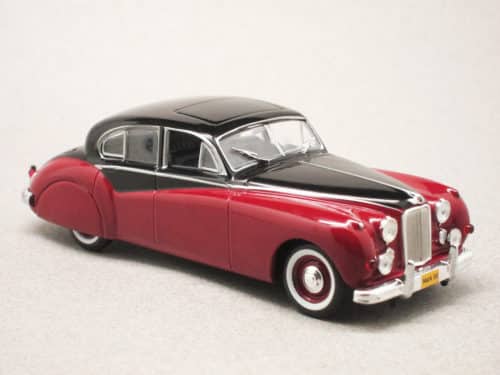
Jaguar MK VII M (Whitebox) 1:43
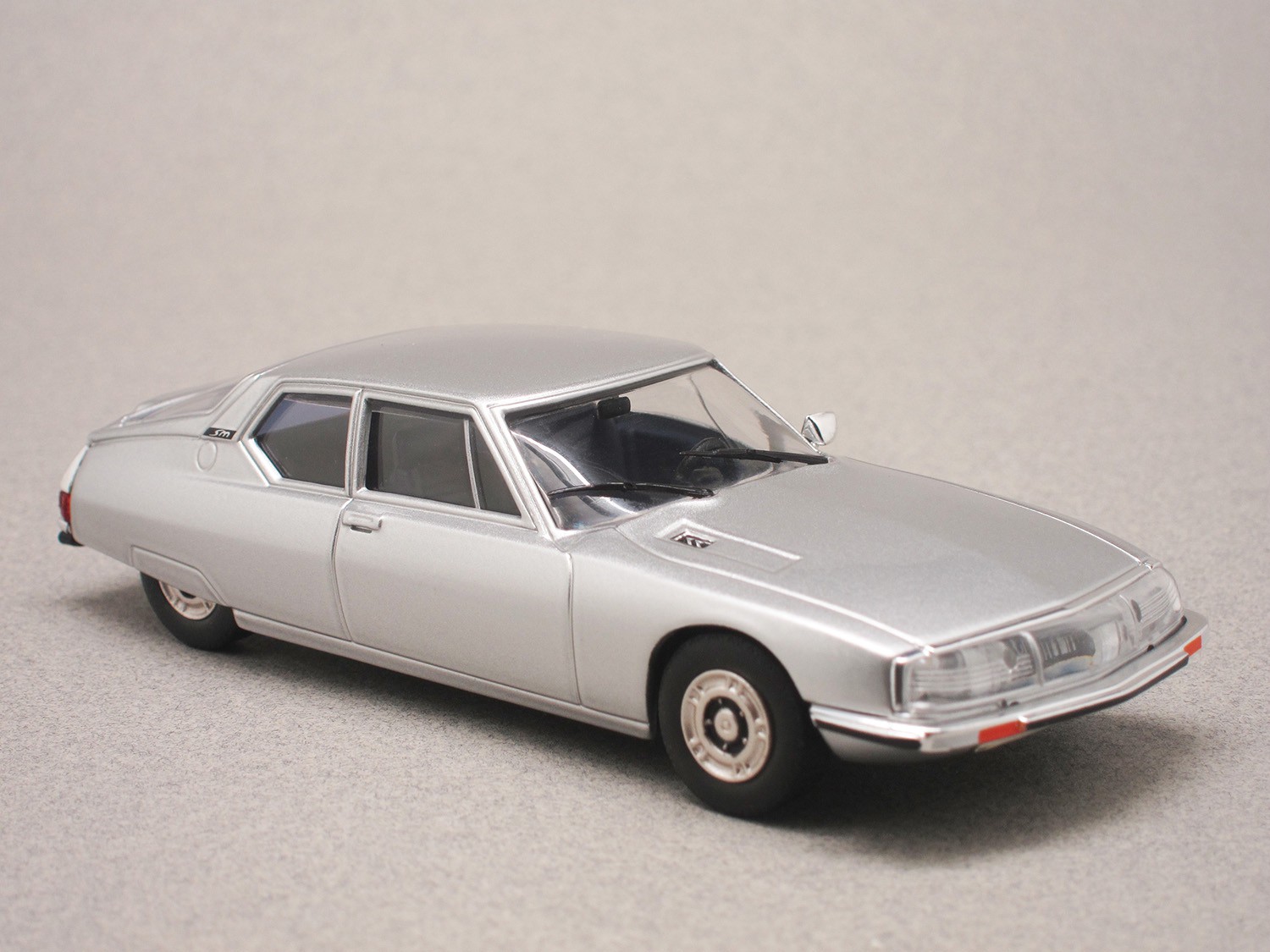
In stock
Citroën SM silver (Whitebox) 1:43
After signing an agreement with Maserati, Citroën bought this Italian brand in 1969. The result of these events was the SM, released in 1970, equipped with a Maserati V6. Unhappily, this coupe was a commercial failure, for many reasons, such as the oil crisis, dealers who were not used to these kinds of high-performance cars, but also the acquisition of Citroën by Peugeot in 1974.
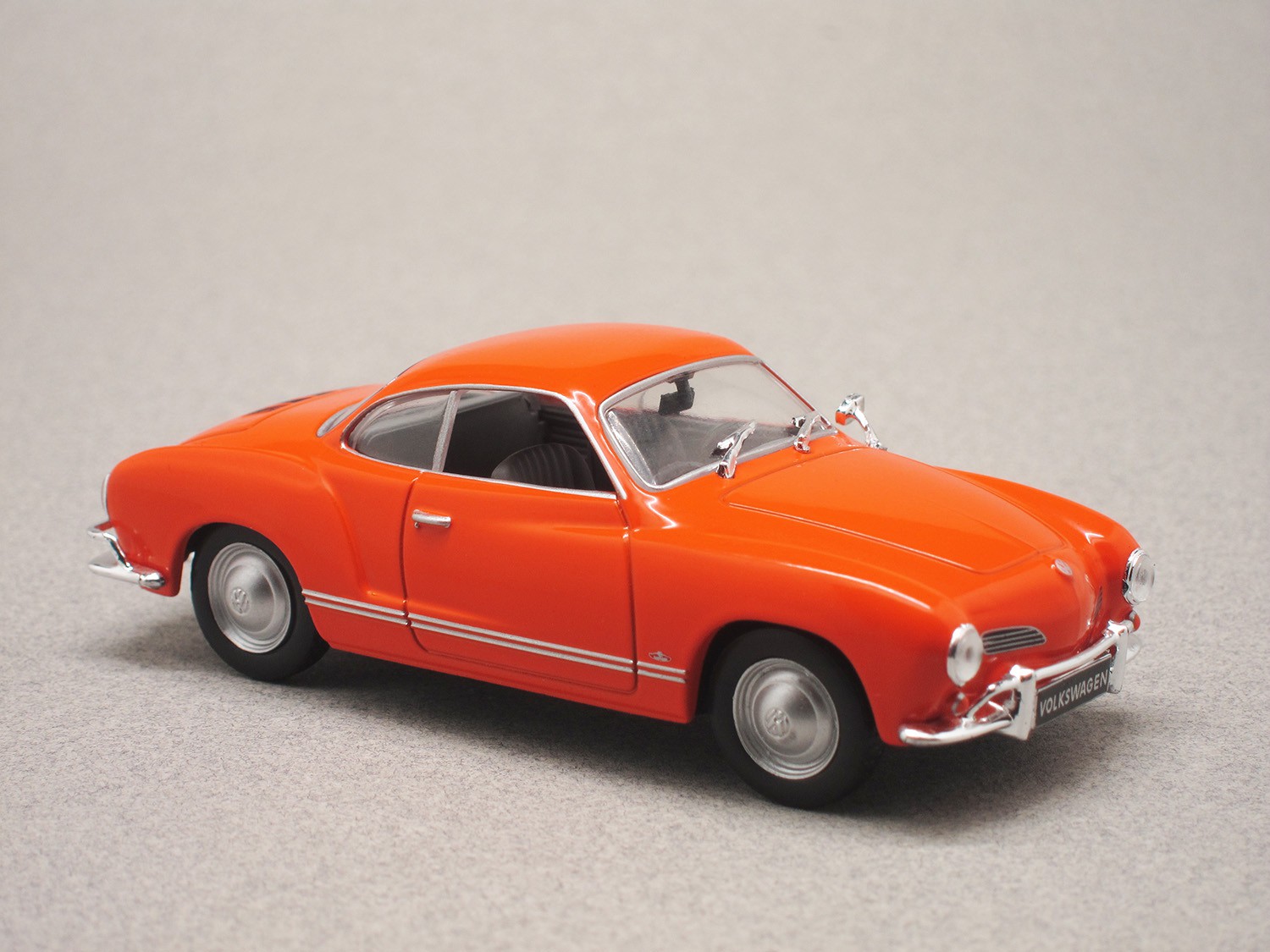
In stock
Volkswagen Karmann Ghia (Whitebox) 1:43
This famous coupe is based on the VW Beetle. Unveiled at the Salon de Paris at the end of 1953, this car had been designed in Italy by Luigi Segre, who worked for the styling house Ghia. As its name suggests, the Karmann-Ghia was assembled in Germany by Karmann, and it integrated VW’s catalogue when it was released in August 1955.
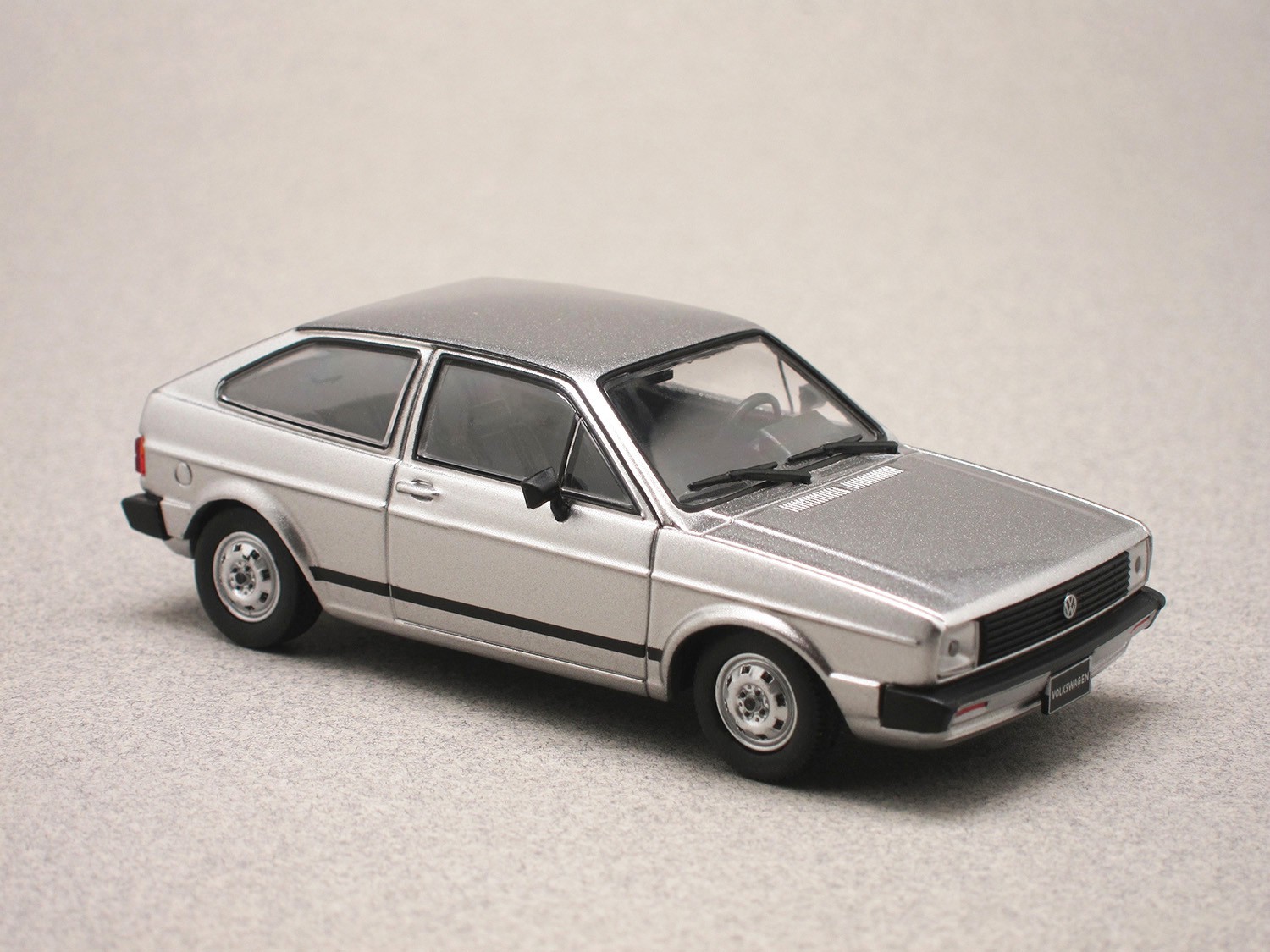
In stock
Volkswagen Gol (Whitebox) 1:43
This compact car that looks a bit like the first-gen Polo and Golf is a Gol (without the letter f), one of the specialties of the Brazilian range of Volkswagen. This first generation is 3.79 m/149 in.-long, introduced in June 1980. This small front-wheel drive model starts its career with the flat-four borrowed from the Beetle, before replacing it with inline-four engines.

In stock
Opel Kadett C GT/E (Whitebox) 1:43
This 1973 "C" generation was the last rear wheel-drive Kadett. This coupe participated in rallies during a long period and Opel nurrished people’s passion for car racing with the GT/E. Here we have a post-May 1977 version, with an updated front grille (with turn signals next to the headlights). In September that same year, a 2-liter 115 hp engine replaced the 1.9-liter 105 hp.

In stock
Horch 901 (Whitebox) 1:43
This luxury German brand, founded in 1899 by August Horch, fired in 1909, joined Auto-Union in 1932. Besides its luxury cars, the manufacturer built a military all-terrain vehicle from 1937 onwards. Equipped with a V8, then later a V6, the 901 will be produced until 1943 by Horch, but also by Opel and Wanderer. 12,000 units were assembled, which makes it the most produced Horch model.
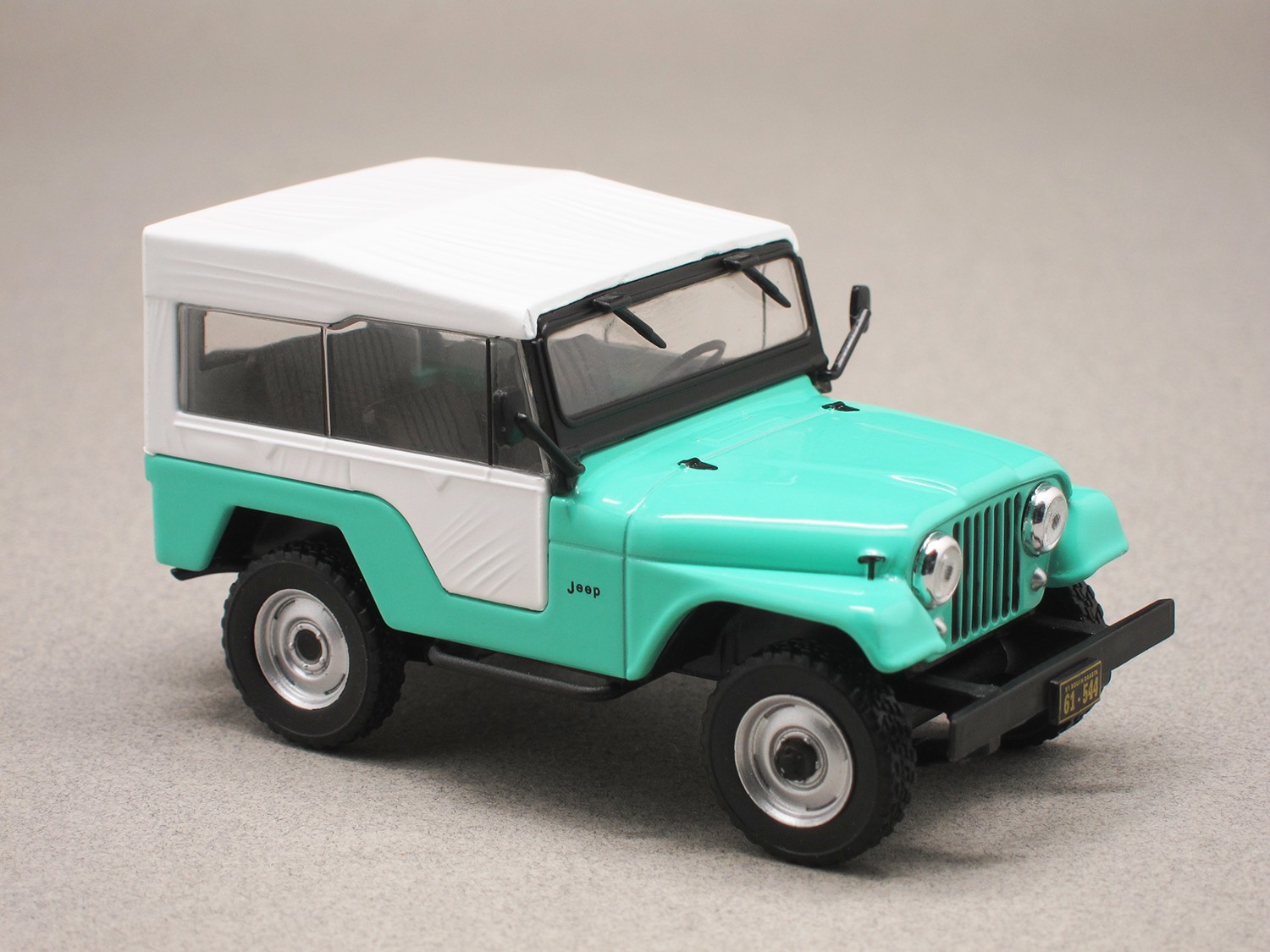
In stock
Jeep CJ-5 (Whitebox) 1:43
The Jeep CJ ("civilian Jeep") made its debut in 1944. It is obviously a variant of the Willys, widely used by the US Army during the Second World War. After a few CJ-1s that have now disappeared, a CJ-2 from 1944, a CJ3 in 1948, the CJ-5 succeeded the CJ-3B in 1954 without any CJ-4 produced.

In stock
Triumph Herald 1959 (Whitebox) 1:43
The Triumph Herald launched in 1959 owes its design to the Italian Michelotti. Its concept remains classic with its body-on-frame. Whitebox reproduced here the first generation two-door sedan (there was also a coupe, a convertible and a station wagon), available until 1962. After that date, the bumpers were covered with white rubber.
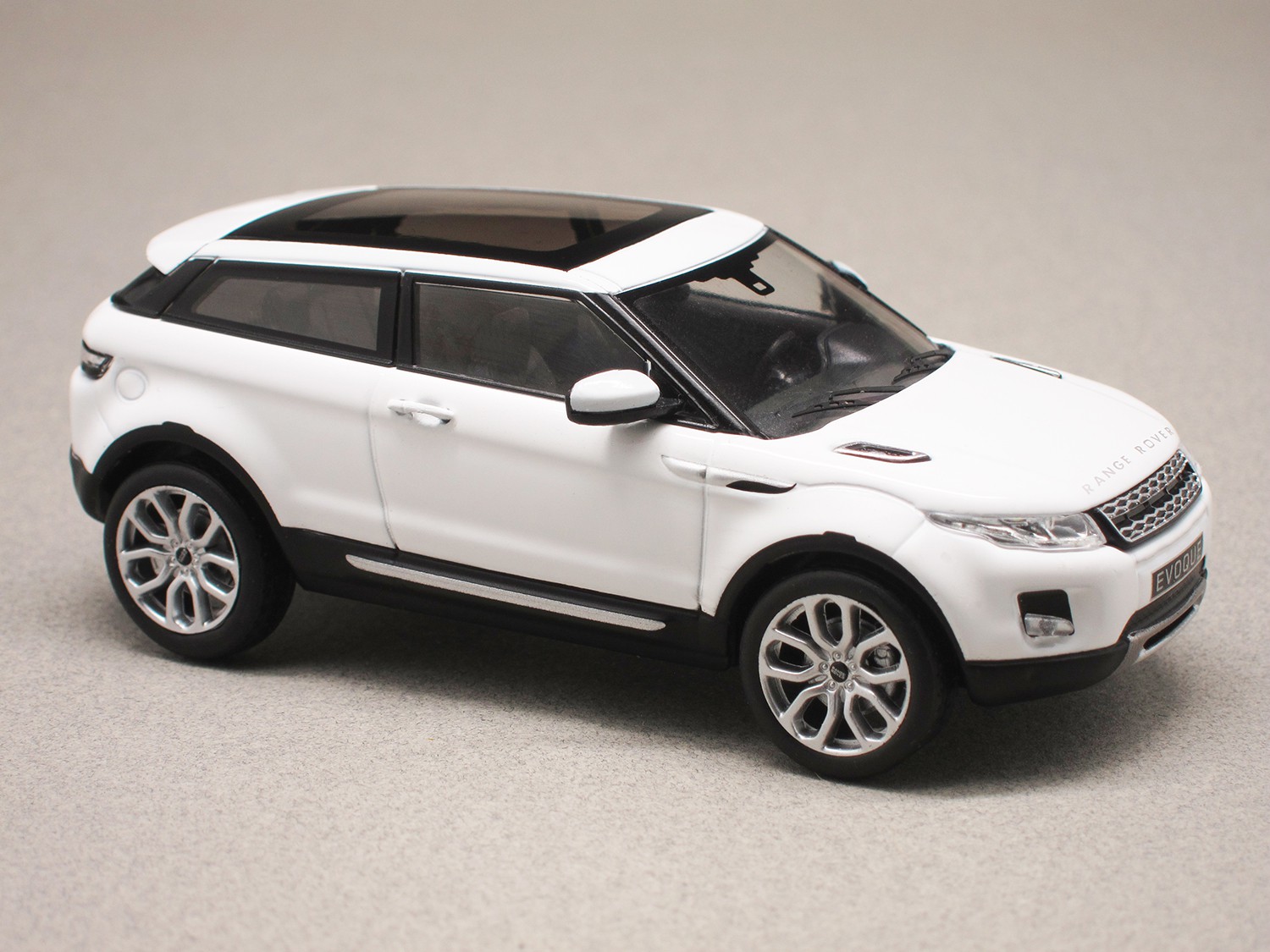
In stock
Land Rover Evoque 3-door (Whitebox) 1:43
Based on the concept car LRX introduced at the 2008 Detroit Auto Show, the Evoque was unveiled in its final version at the 2010 Mondial de Paris. Good surprise: Gerry McGovern’s initial design of the LRX was almost completely preserved. Launched at the end of 2011 in three and five-door, the Evoque has literally boosted the sales of Land Rover, especially in Europe.
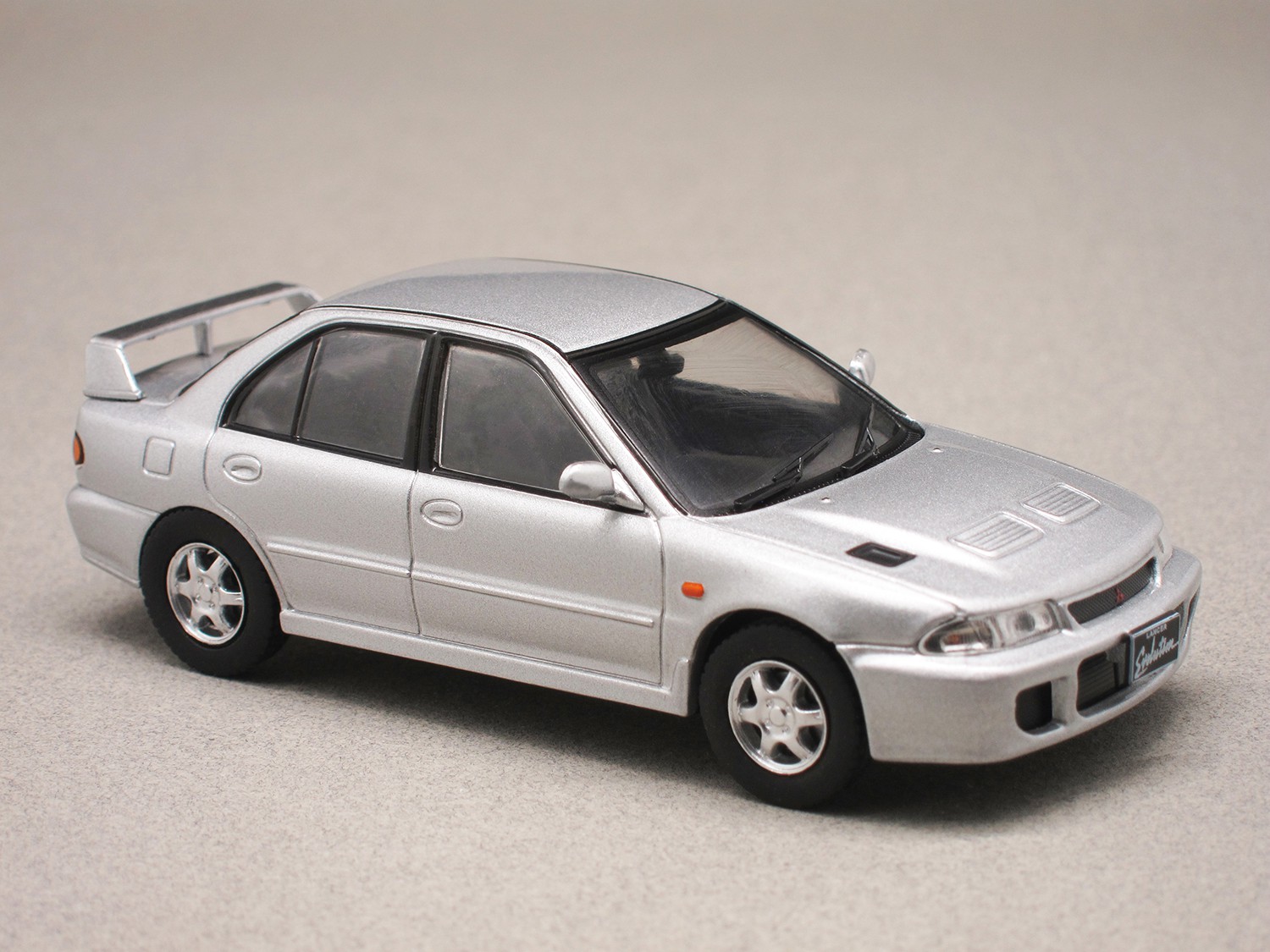
In stock
Mitsubishi Lancer GSR Evo (Whitebox) 1:43
At the end of 1992, the Lancer Evolution succeeds the Galant VR-4 at the World Rally Championship. Its road-going version, needed to get a racing homologation, has become a classic of its kind. This first-gen Evo (here the GSR trim level) was replaced in early 1994 by the Evo II, recognizable by its front flap under the spoiler and whose turbo 2-litre develops 260 hp instead of 250.
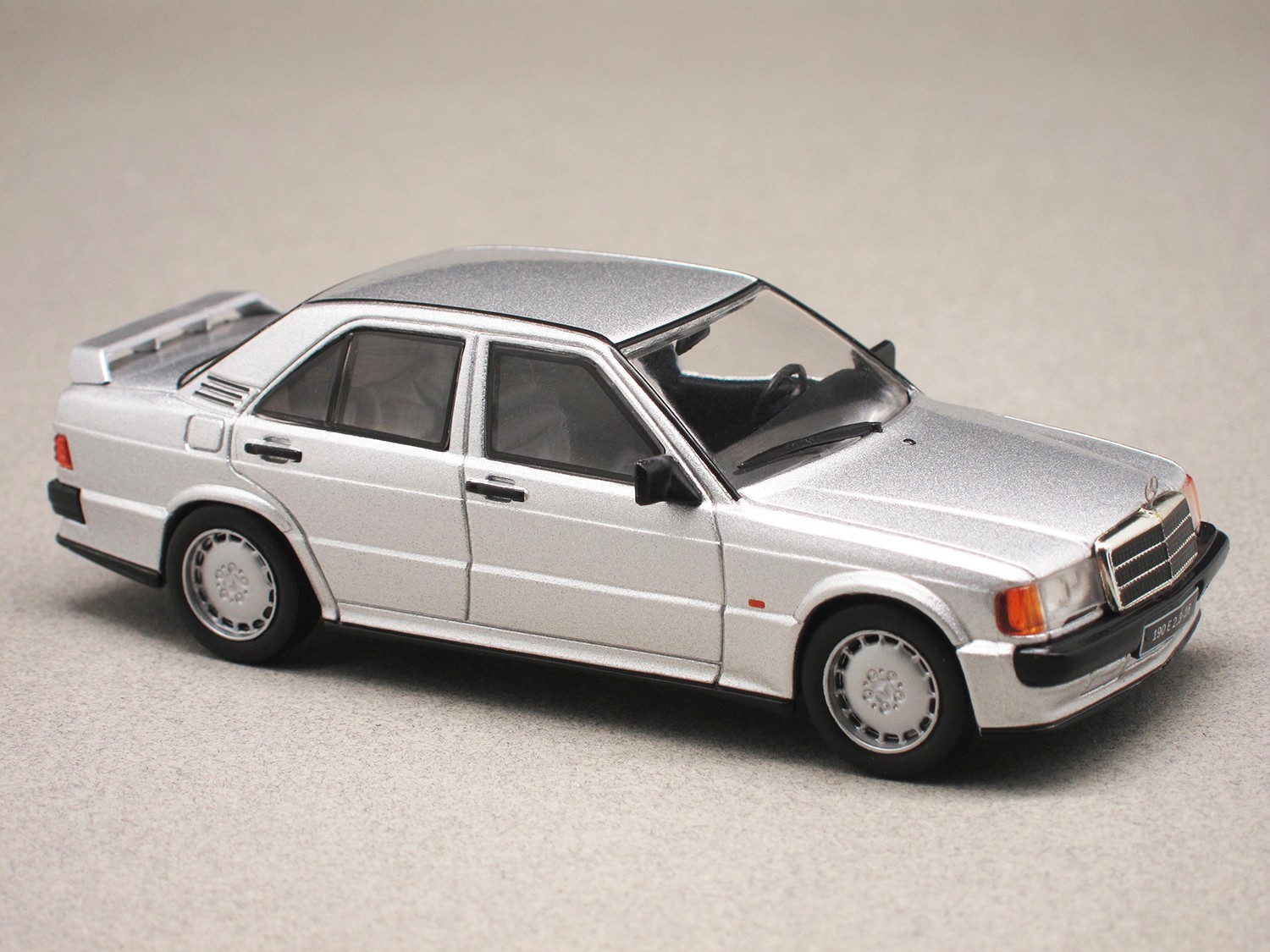
In stock
Mercedes 190 2.3 16V (Whitebox) 1:43
Unveiled at the end of 1982, the 190, whose descendants were renamed C-Class, was the "small" Mercedes by then. This elegant rear-wheel drive was first equipped with rather low horse-power engines, until the autumn of 1983, when the 2.3 16-valve engine version, prepared by Cosworth, was launched. The power (186 hp) may seem ordinary today, but it was still 50 hp more than the 2.3 8-valve 190.
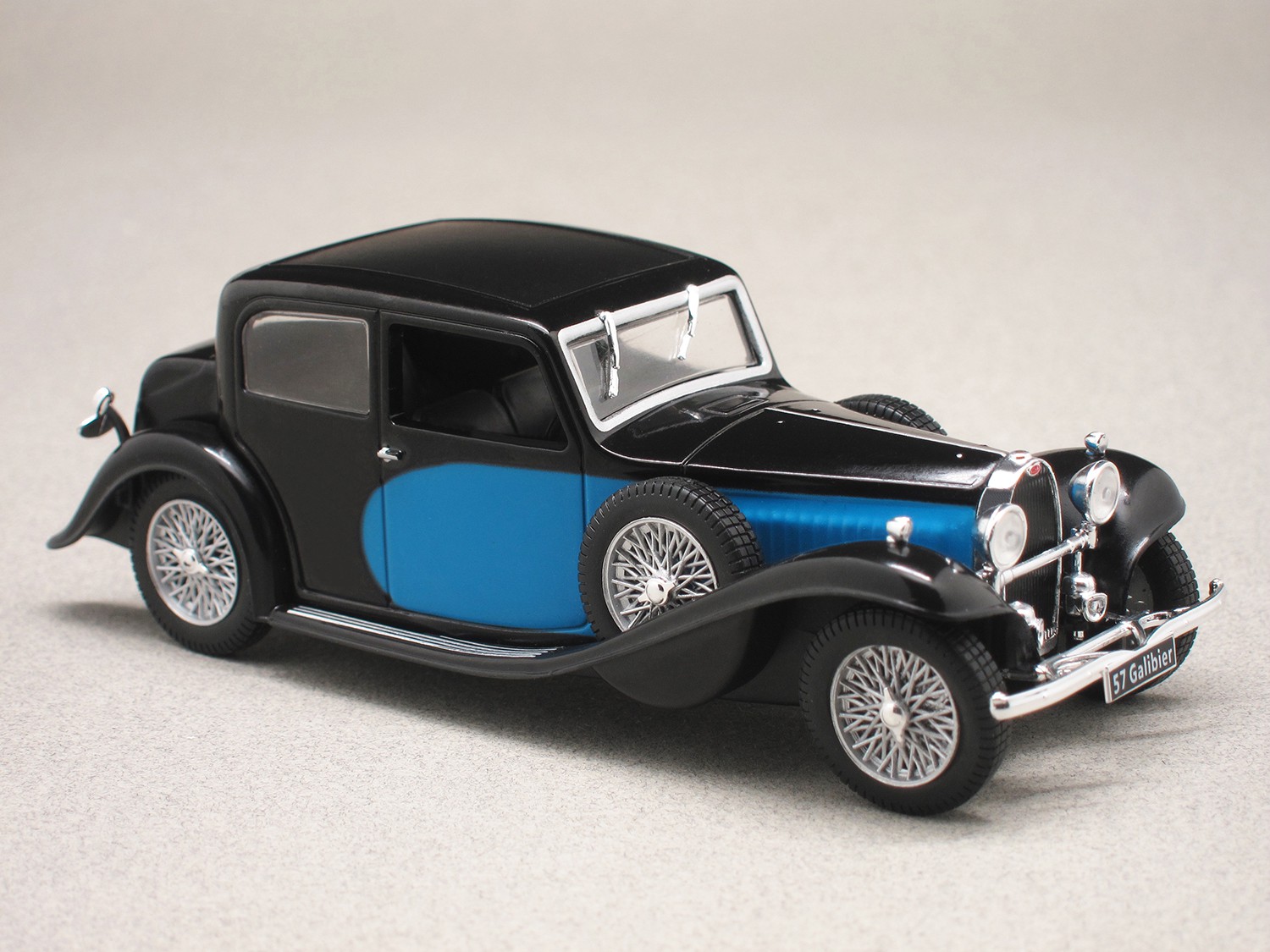
In stock
Bugatti 57 Galibier (Whitebox) 1:43
Unveiled in late 1933, the 57 was launched in March 1934. Bugatti offered three bodies: the Galibier sedan, the Ventoux coach, the Stelvio cabriolet, and later, the Atalante coupé. Here we have the 1934 Galibier (the fender are more enveloping on the 1935 model year). The rear door handles, visible on the version exhibited at the 1933 Salon de Paris, disappeared when the car was marketed.
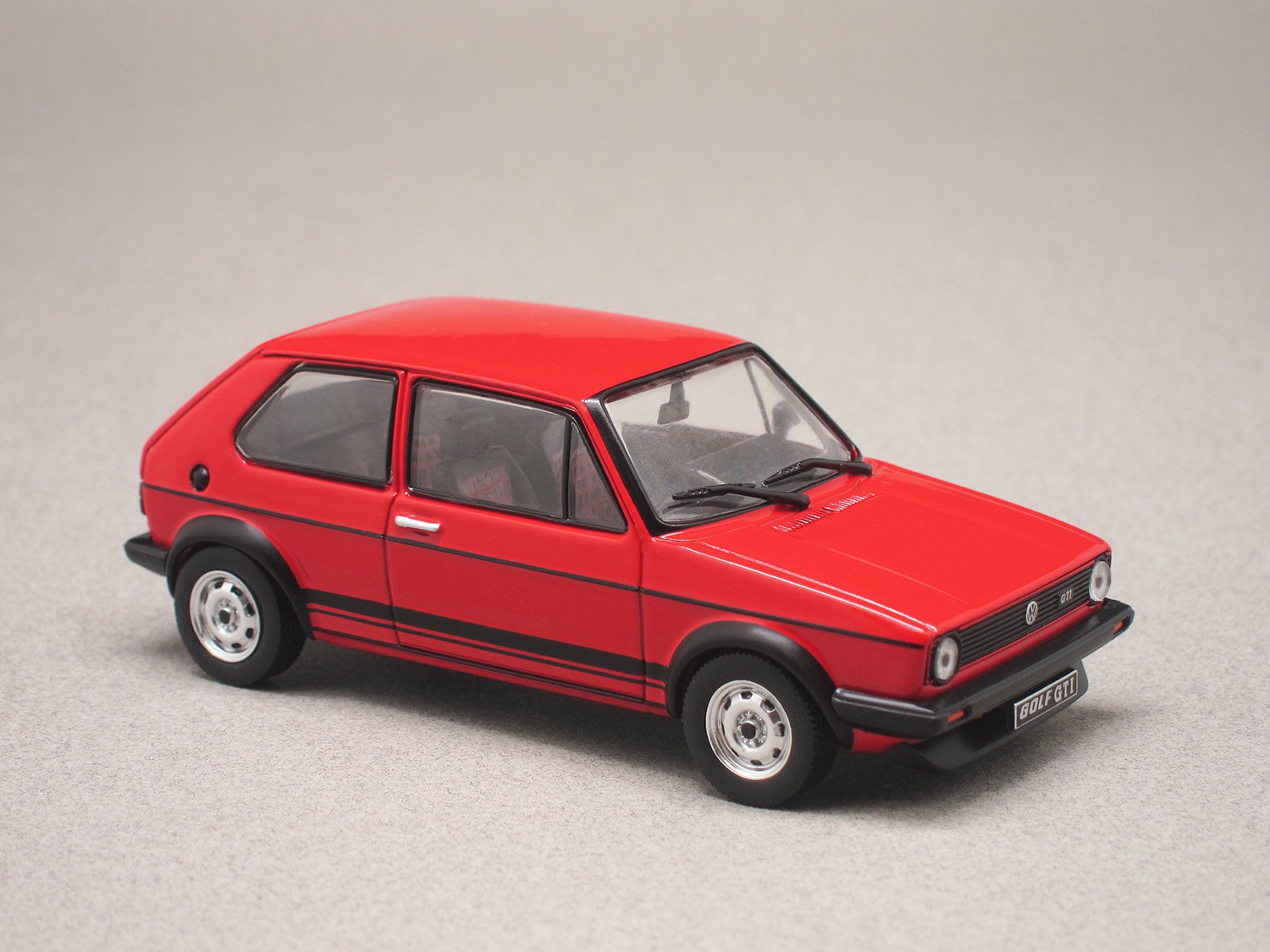
In stock
Volkswagen Golf GTI 1980 (Whitebox) 1:43
The Golf GTI is released in 1976. Its fuel-injected 1.6-litre delivering 110 hp, borrowed from the Audi 80 GTE, ensures performance and ease of driving for a price that no competitor can offer at the time. Here we have the first-generation Golf, with the facelift that took place in 1980, which brings larger taillights, and not a 1976 model year, as mentioned on the Whitebox box.
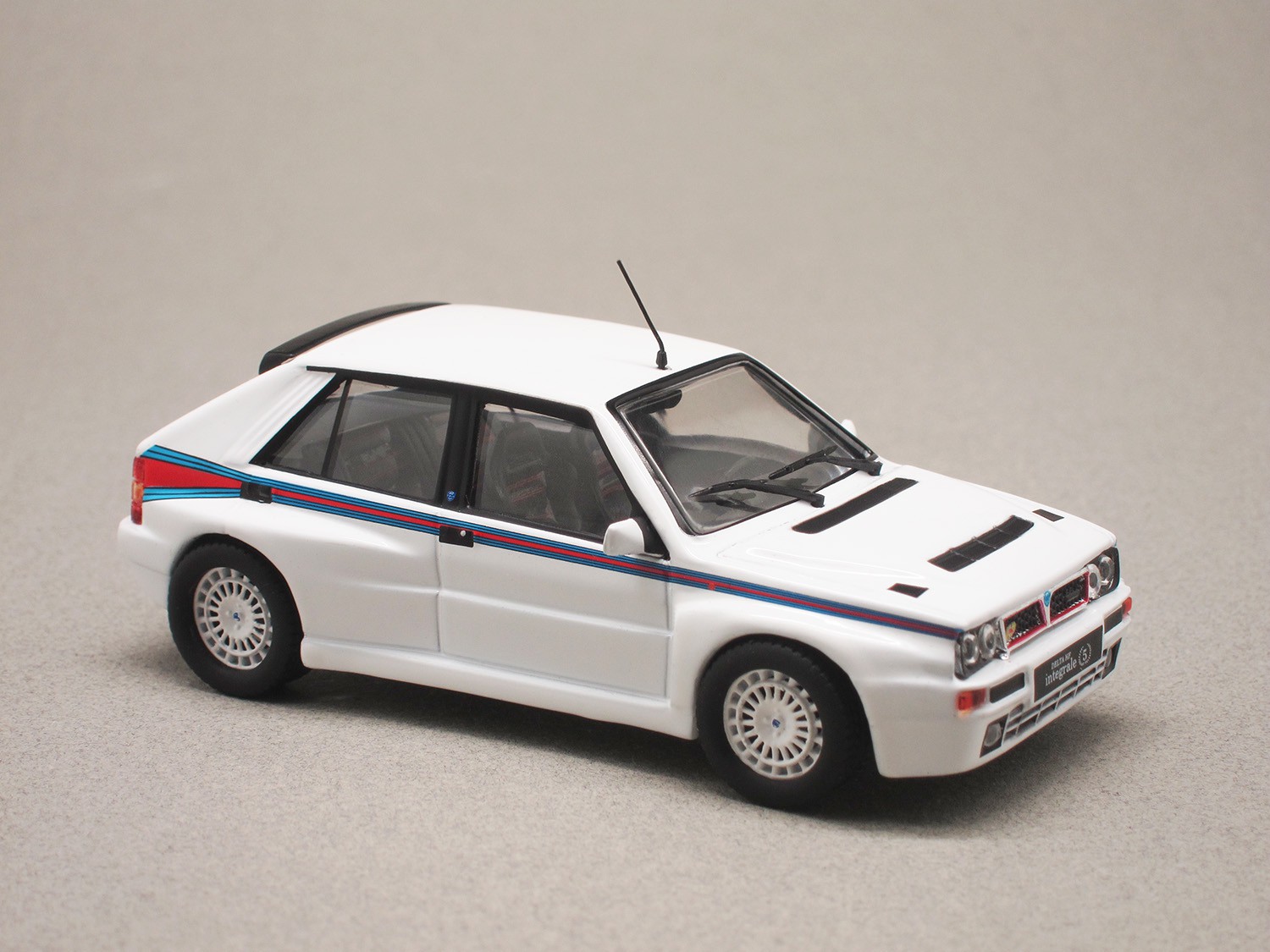
In stock
Lancia Delta Integrale 16v (Whitebox) 1:43
Originally, the Delta is a modest compact car launched in 1979 and designed by Giugiaro. But Lancia then developed a range of sporty all-wheel drive versions equipped with a supercharged 16-valve engine that made it the World Rally Champion from 1987 to 1992. This HF Integrale 16V Evoluzione delivers 210 hp and wears the colours of the special series and limited Martini of 1992.
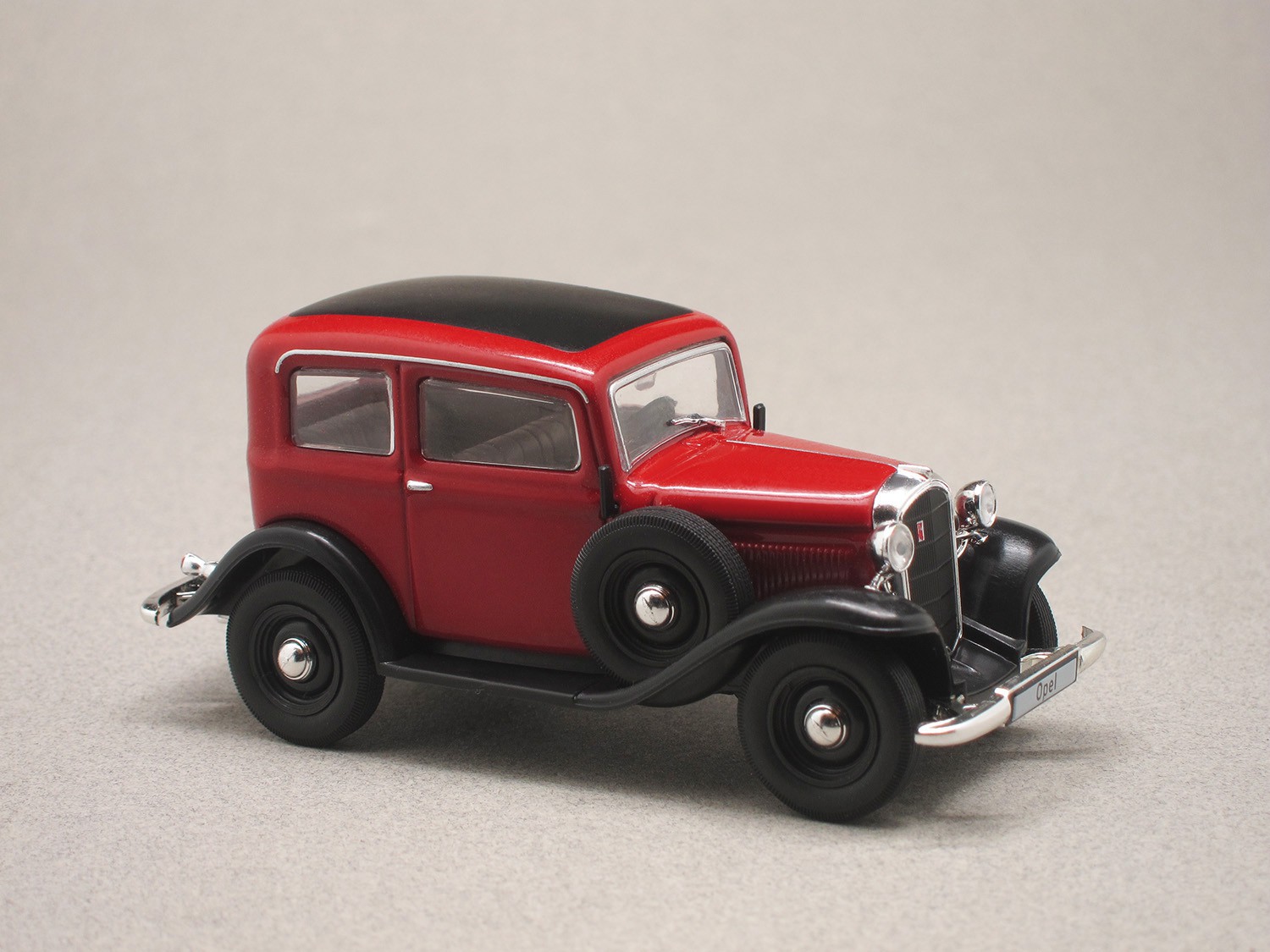
In stock
Opel P4 (Whitebox) 1:43
Produced from September 1935 to December 1937, the small Opel P4 was a very popular model at the time, since more than 65,000 units were produced during this short period. The P4 did not replace any model called P3, but owes its name to the 4 people that it can carry on board despite its length (only 3.34 m/132 in.). The successor of this model was the first-generation Kadett.
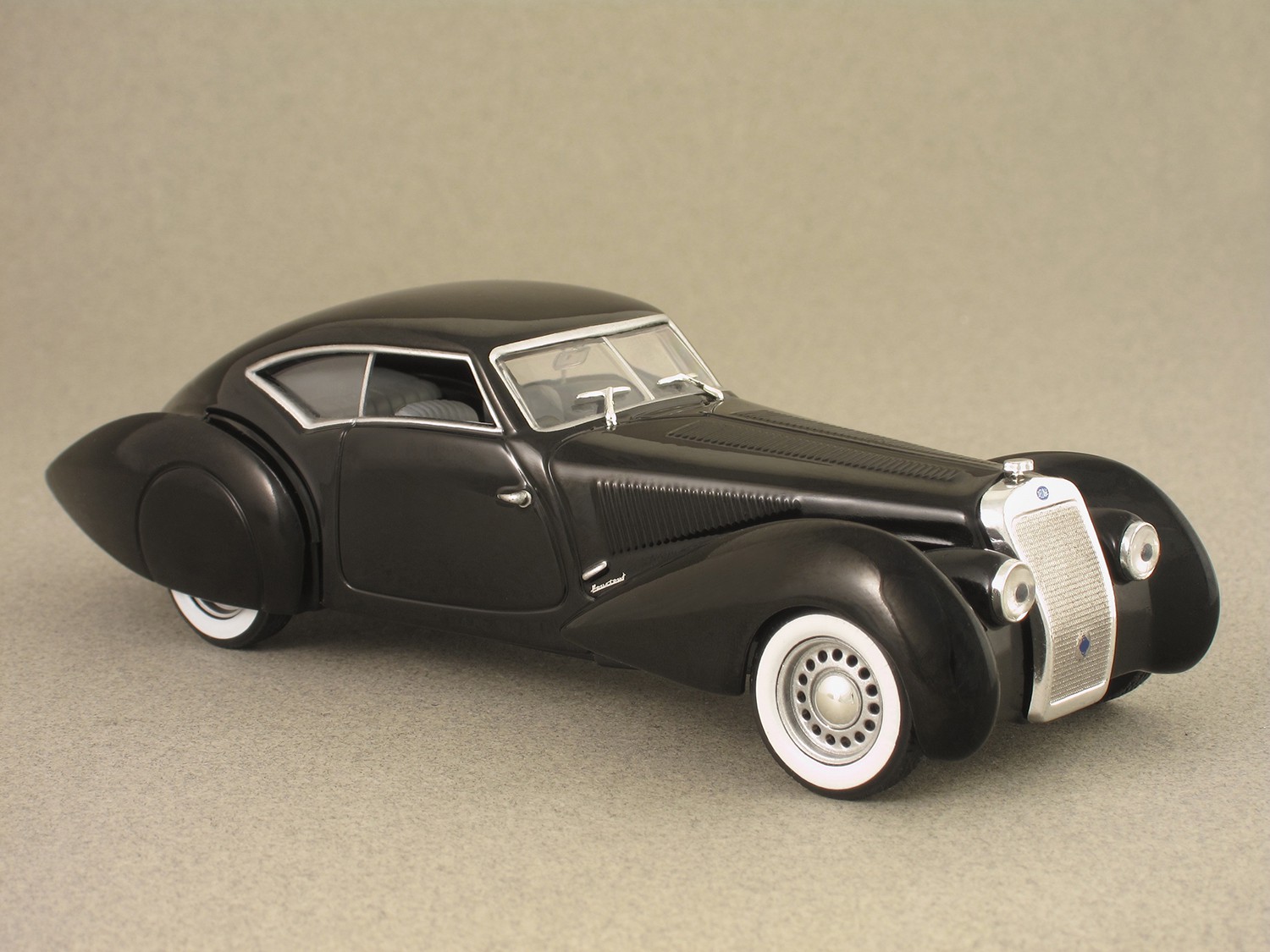
In stock
Delage D8-120 Pourtout (Whitebox) 1:43
The D8-120 is the top-of-the-range model of this French manufacturer of luxury cars, as famous as Delahaye, Talbot and Bugatti. For 1937, it received a new 120 hp 4.75-litre 8-cylinder, while the chassis inspired the bodybuilder Pourtout, who designed, for the Salon de Paris in October, one of its most beautiful bodyworks: this aerodynamic coupé with sophisticated window surfaces.
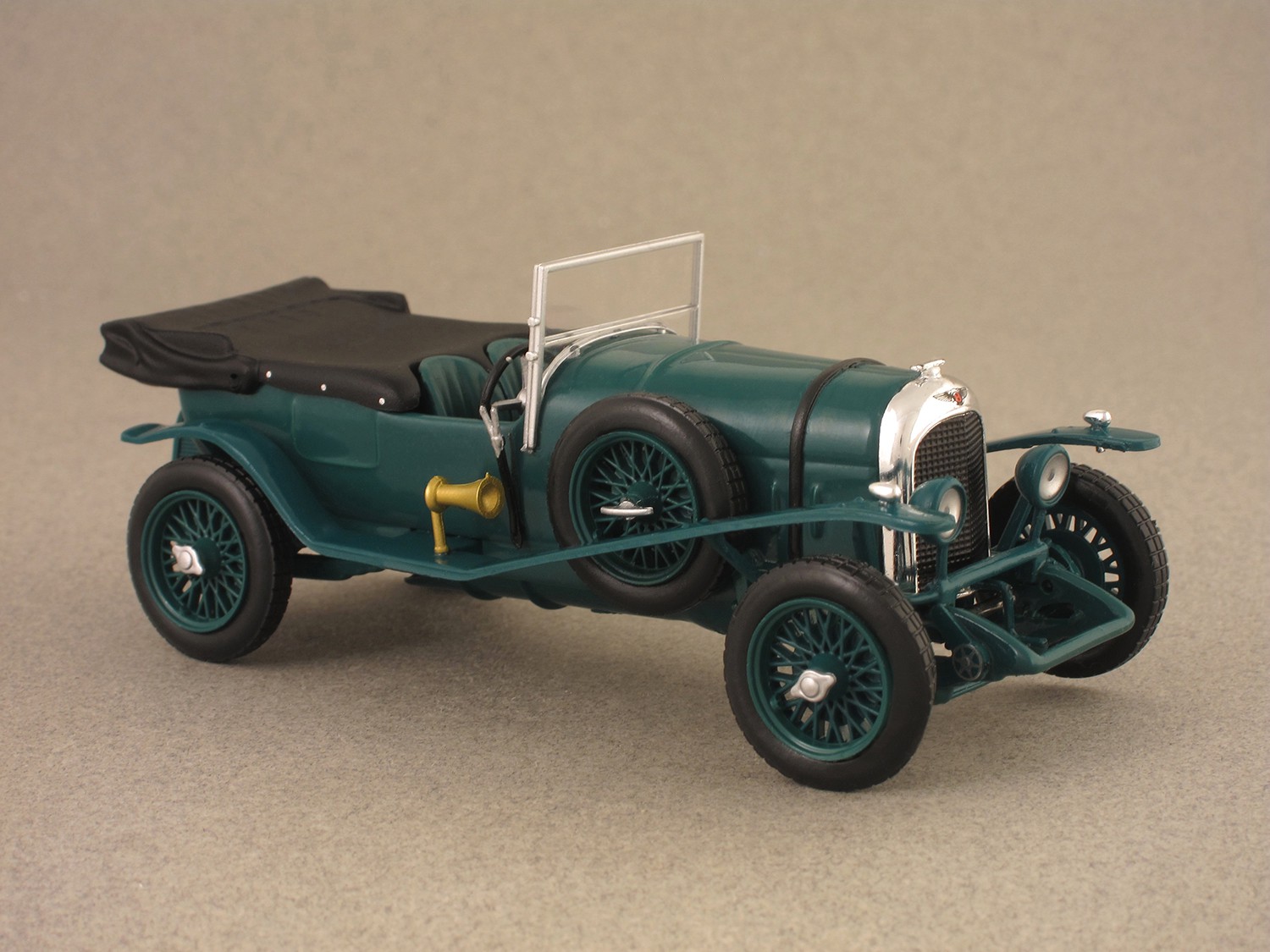
In stock
Bentley 3 Litre 1924 (Whitebox ) 1:43
Founded in 1919, the British brand Bentley soon earned a good reputation in car racing. The 3 Litre, launched in 1921, won the 24 Hours of Le Mans in 1924 and again in 1927. From 1928 to 1930, Bentley won that same endurance race with its successors. Here, the engine, obviously a 3-litre, had only 4 cylinders at the time.
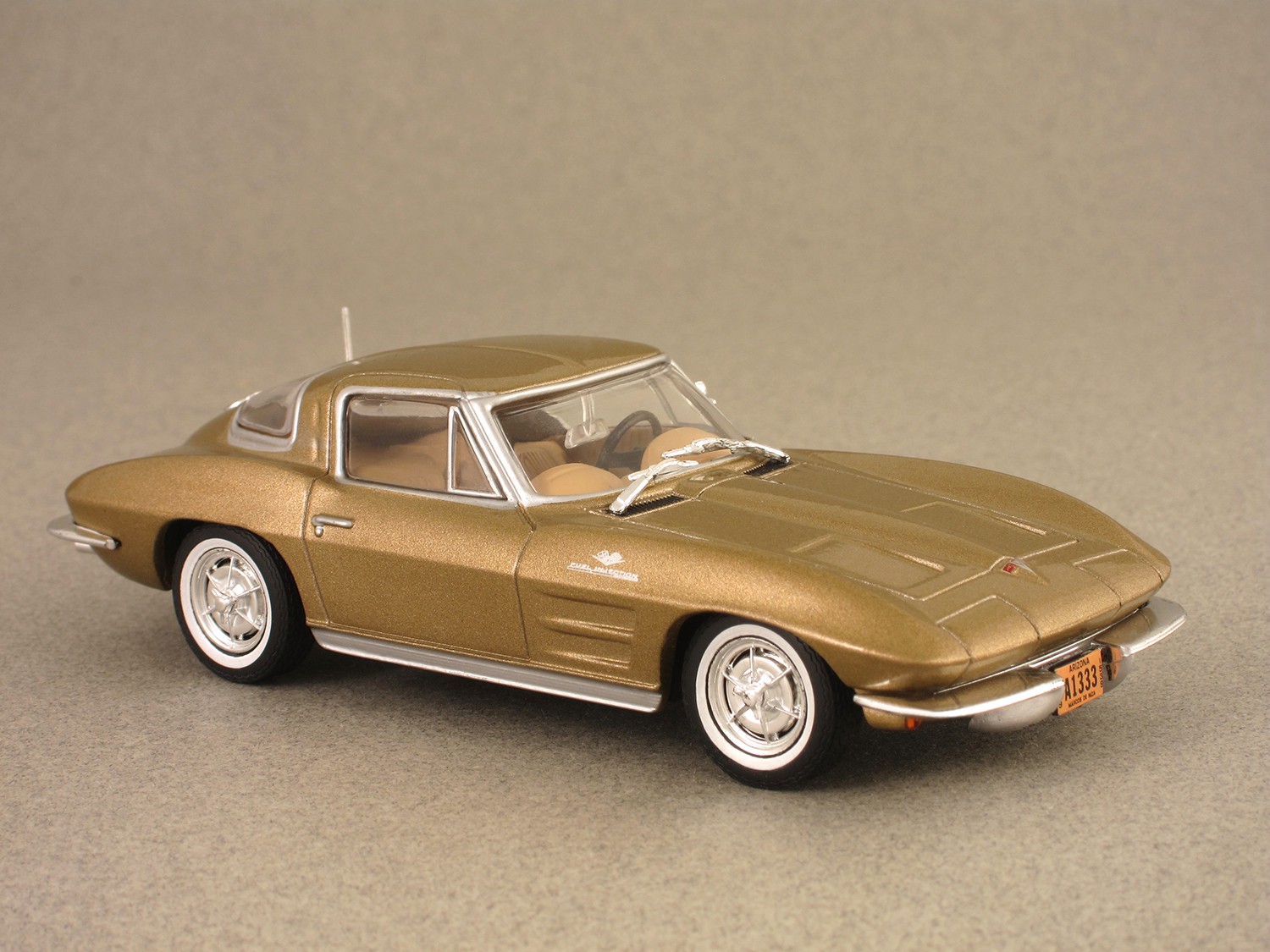
In stock
Chevrolet Corvette 1963 (Whitebox) 1:43
In 1963, the redesigned Corvette introduced the famous Sting Ray style and a coupe variant was available for the first time. This 1963 model year still received a split rear window; it was in one piece from 1964. The 5.4-litre V8 was the only engine on this Corvette, which developed up to 360 hp SAE on this Fuel Injection version.
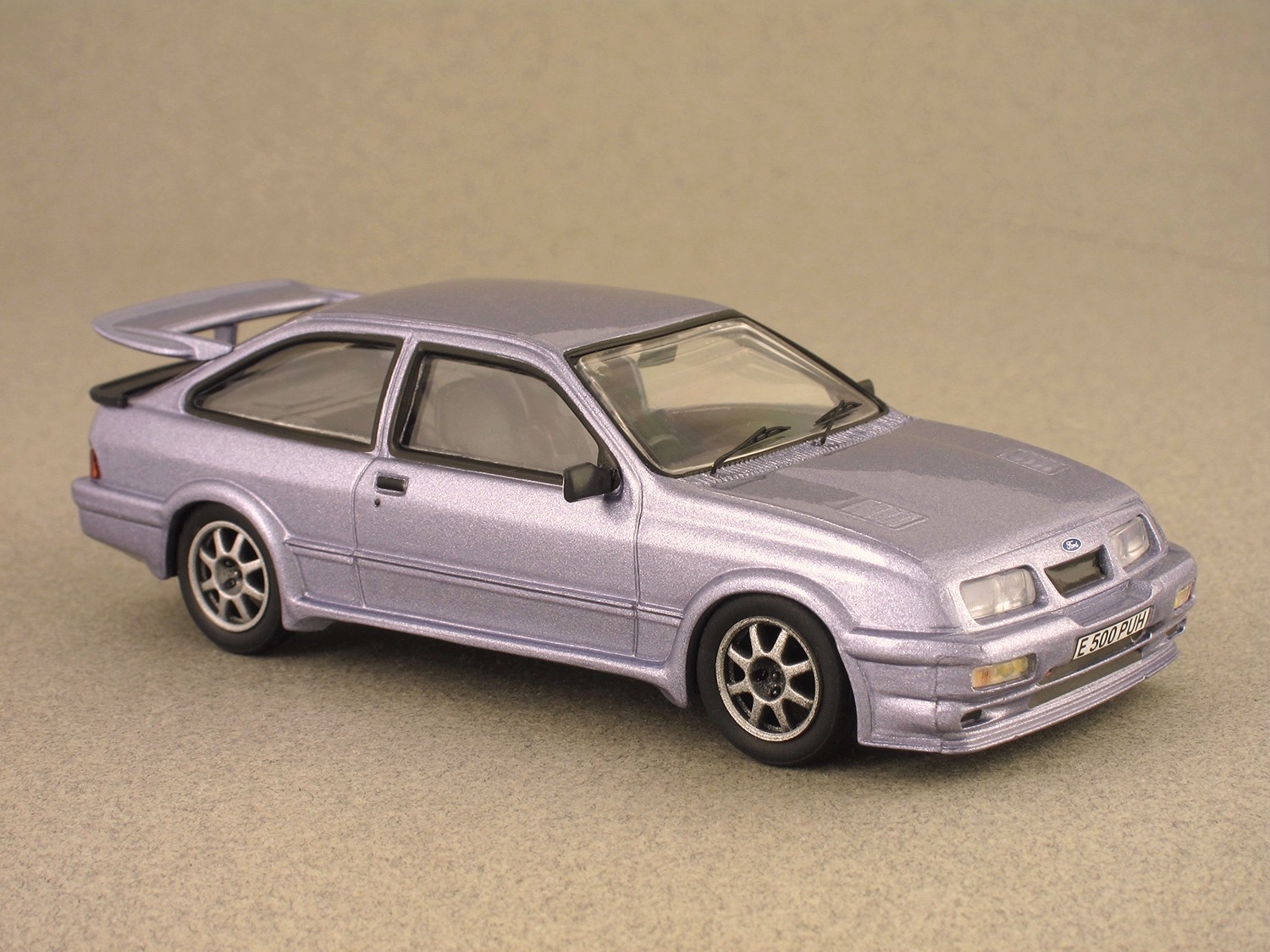
In stock
Ford Sierra Cosworth RS500 (Whitebox) 1:43
The first-gen Sierra Cosworth, developed to race in Group A, is a 3-door front-wheel drive. Unveiled in March 1985, the car was produced from the following year. In 1987, the English vehicle engineering company Tickford upgraded 500 of the 5,545 units sold, with the steering wheel on the right-hand side and a few changes including a 2-litre turbo engine increased from 204 to 224 hp.
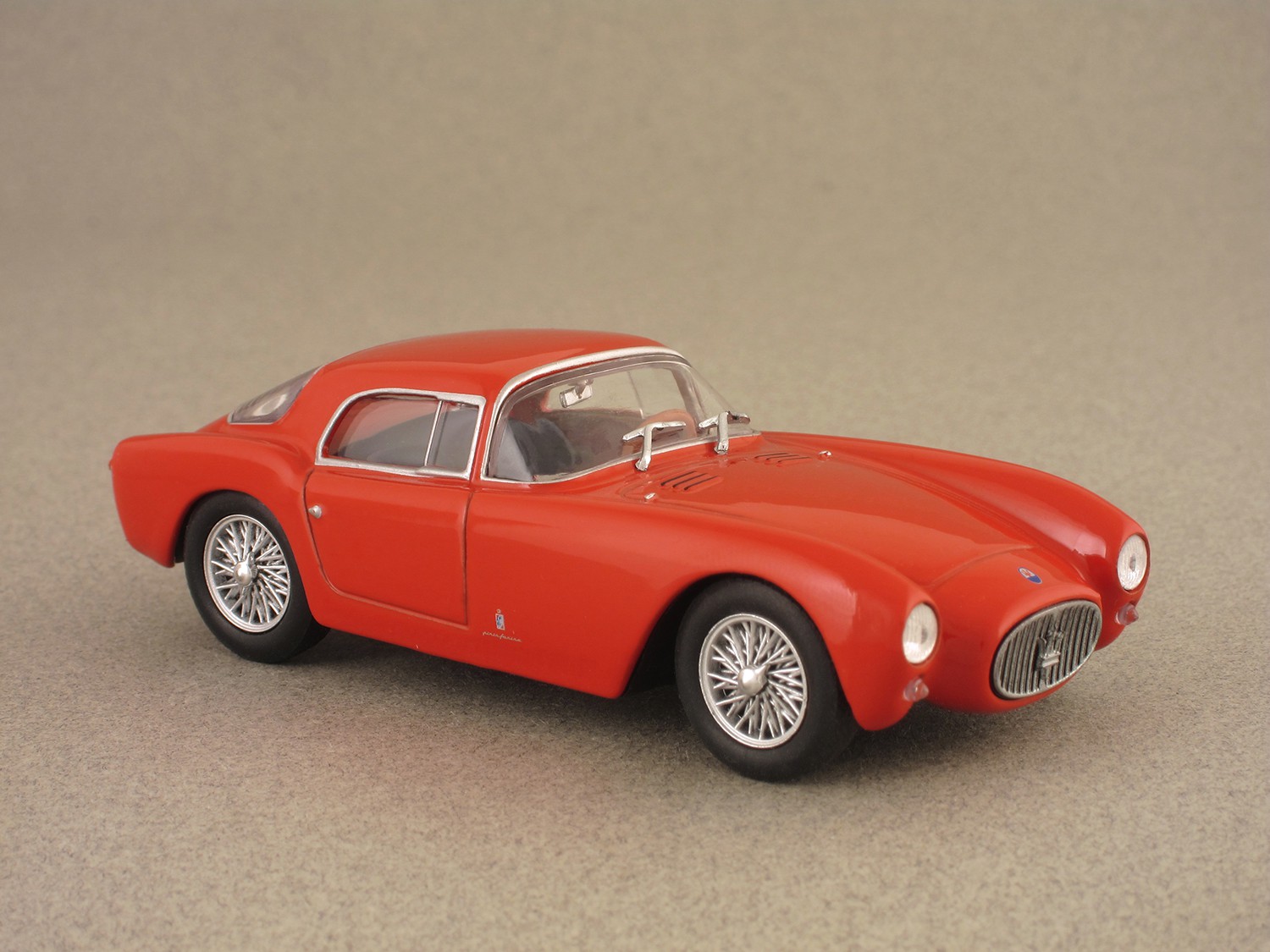
In stock
Maserati A6GCS (Whitebox) 1:43
The coachbuilder Zagato designed some Maserati A6G models. But this A6GCS, the racing (and also road-going) variant of the A6G, was designed by Pininfarina (as evidenced by the logo on the sides). Only 4 units of this 1953 Pininfarina berlinetta were manufactured, plus one spider. Naturally, this Whitebox model car is simpler than the one reproduced by NEO.
